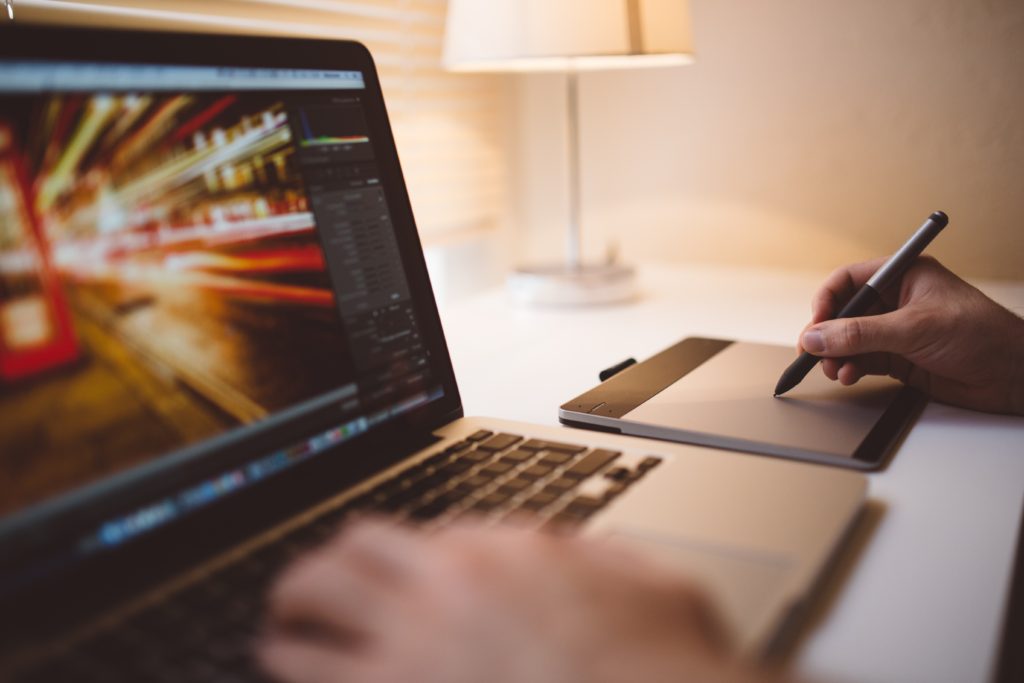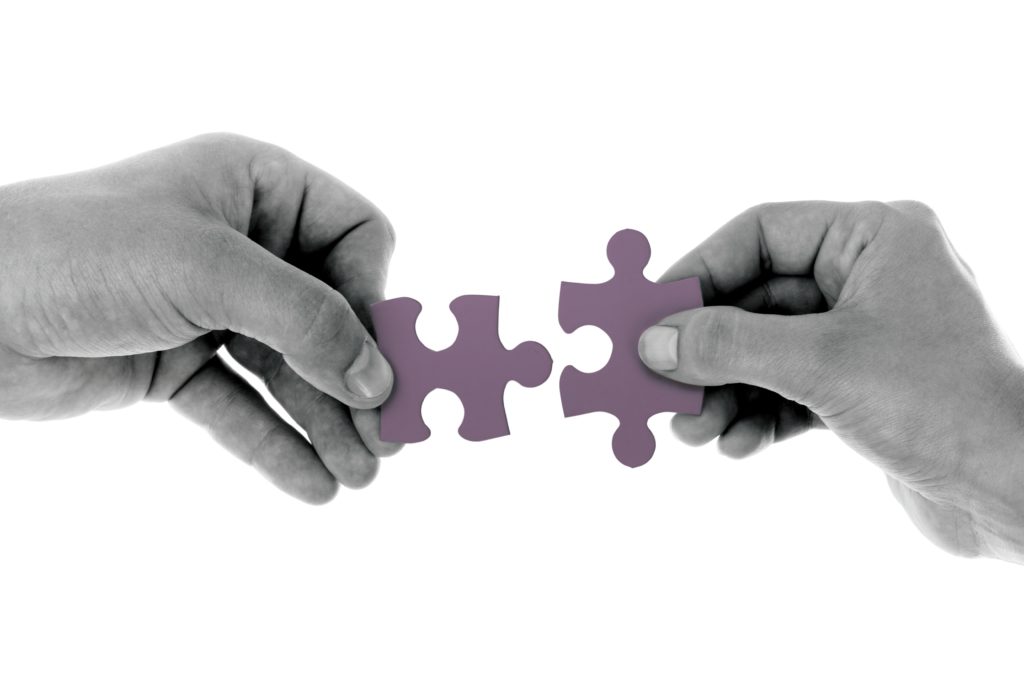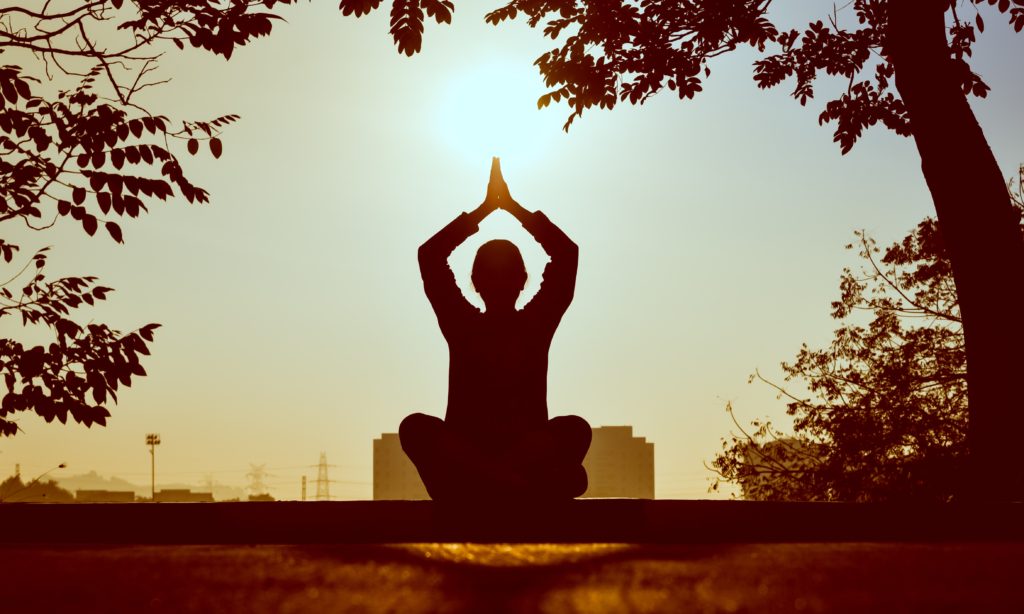An AV Symphony with Video Editing
Let’s say we’re editing a video of a commercial car driving scene. We’ve got music, we’ve got sound effects, we’ve got cars, we’ve got a VO and a script.
How do we make something special out of all these pieces during editing?
Every project is different. The goal is to take all of these pieces (VO, sound effects, music, video) and compose them together like a symphony. Add a little piccolo here, some strong brass here, and layer the parts together to make your audience feel something.
The deeper the connection between the parts, the more your editing will have an impact and lead to deeper meaning.
Style without Story

Style is driven by the senses. It can make you feel things simply because it’s loud, it’s fast, it overwhelms your vision or hearing. Quick cuts, flashy models, trendy transitions, heavy effects. It commands your attention
Style devoid of meaning is a common ailment with a lot of content today. Sometimes style is all that matters to a brand or client. Take, for example, certain types of fashion films or car ads.
Pure style isn’t always bad. The style itself can be the meaning. It’s usually not, but it can be. Below I’ll illustrate some ideas for creative editing beyond pure style that enrich the story while maintaining meaning.
5 Tips for Next Level Storytelling with Video Editing
1. Dynamics
Changing or varying the pace of the video editing, the speed of the footage, volume, transitions. Check out our guide on frame rates to learn about re-timing video (https://www.thepostprocess.com/free-guides/)
Examples:
- Cutting from really fast cuts to slowed down, slower paced shots.
- Cutting between frenetic, quick shots to slower, less cutty shots.
Dynamics engage a viewer’s emotions by varying the degrees of motion, playing on expectations, etc. Ups and downs can play with emotion really well. Emotional engagement will really deepen a viewer’s experience of the story.
In addition, staying on one dynamic note can tire a viewer out quickly. For example, constant quick cuts without breaking. If the piece is longer, it can dilute the message of the storytelling.
These techniques draw attention and can be useful, but can quickly become very trendy and disconnected from the purpose of the story.
2. Audio vs. Video Contrast
Contrasting audio and video against each other in meaningful ways that reveal something about the connection between the two.
Examples:
- Dropping out all sound effects and music having engaging VO during a scene without a lot of cuts.
- A voice over of a famous speech cut over unrelated footage.
This can be very powerful technique to generate emotion and stir reactions. Most people understand instinctually when they hear famous speeches how they feel about them.
In addition to that, cutting VOs with unrelated images can link the two things together emotionally, leading to new understandings and contrasts.
3. Match Cuts

Cutting between shots with similar framing or content to smoothly link ideas together.
You can move a viewer through many different scenes seamlessly. This technique works on a subconscious level. It gives the impression of momentum, that you’re moving between worlds quickly. It’s helpful to use during montages.
Examples:
- A shot of a sun that cuts to a piece of architecture with a circular hole
- A shot of a running man cut to a shot of a running car
4. Juxtapose Cuts
Cutting between familiar and out of context shots.
You knew I’d use the word juxtaposing somewhere in this post didn’t you?
When you juxtapose cuts, the contrast from the shot before the cut and after the cut adds a new layer of meaning to the piece. Sergei Eisenstein, a Russian film pioneer, developed this idea and called it montage in his films. Read more about him here
Example:
- A car races down the road and around curves with all the engine sound effects. Cut to a dramatic symphony with an orchestra playing in unison.
Associating a car racing with a symphony adds layers of meaning. What’s the connection between the two? A viewer might infer something about a car being the sum of complicated parts like an orchestra, that there is music in fast, free driving, that all the parts of a car must align like an orchestra to play or drive well.
While this is an obvious example, juxtaposing elements can deepen means inherent in a piece of editing.
5. Stylized Transitions
Creatively transitioning between clips with stutter frames, camera shakes, light leaks, analog effects, color shifting, wipes, and many more
I included stylized transitions because they can be used well if used in the context of the right story. Stylized transitions can appeal to aesthetic sensory enjoyment. Also they can add motion, keep an audience disjointed and manipulate emotion.
Stylized transitions are great when used wisely. But editor beware, they can feel like gimmicks if overused. Proceed with caution!
A Note on Technique: When using the stylistic elements listed above, it is important to have a good, story-related reason for doing so. Trendy videos with the latest transitional techniques are all over the internet. You want to use these techniques well and in moderation to enhance your content.
A Deeper Meaning

In conclusion, adding story-motivated creative ideas to the video editing can really deepen it’s impact and meaning. It will also set you apart as a unique voice in the crowded landscape of empty content.

[…] If you’re struggling to come up with ideas for video editing, check out the article below for some ideas to get started: https://www.thepostprocess.com/2019/02/01/5-tips-to-add-dynamic-movement-to-your-edits/ […]